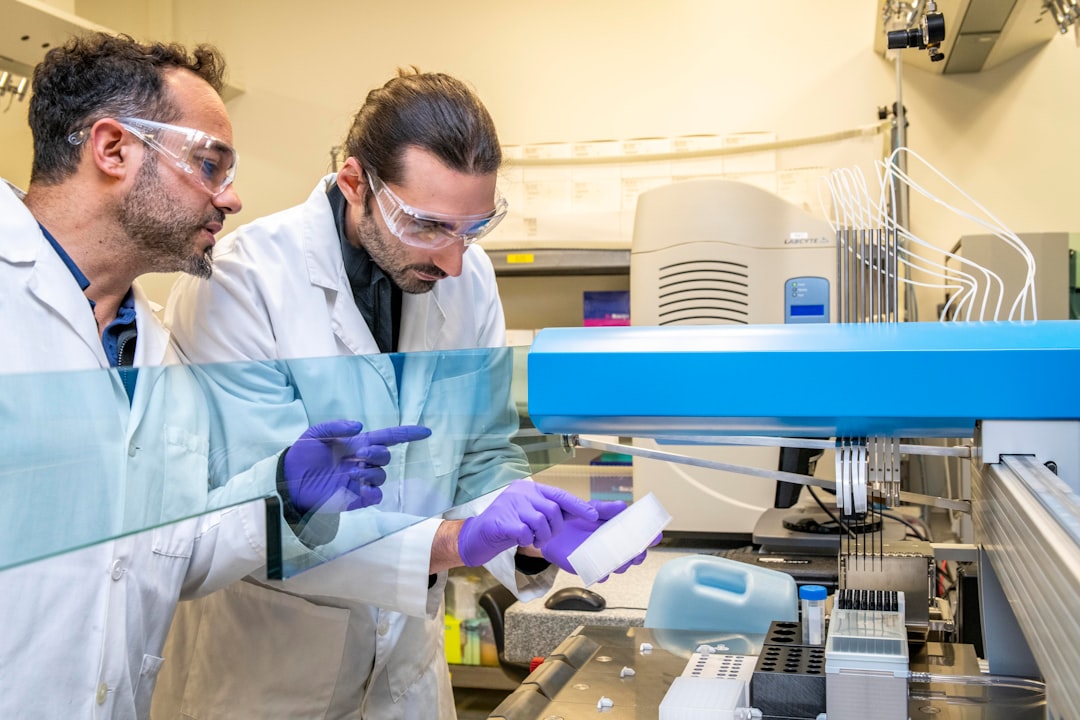What is it about?
This publication presents a study on the thermal degradation of S. bengalense biomass. The study makes use of two different modeling methods, Artificial Neural Network (ANN) and Multiple Normal Distributed Activation Energy Model (M-DAEM). The results of the study can help better understand the biomass combustion process, which has important implications for the development of cleaner, more sustainable sources of energy.
Featured Image

Photo by J Lee on Unsplash
Why is it important?
The unique aspect of this work is that it utilizes two different modeling methods, Artificial Neural Network (ANN) and Multiple Normal Distributed Activation Energy Model (M-DAEM), to study the thermal degradation of S. bengalense biomass. The results of the study have implications for the development of cleaner, more sustainable sources of energy, which is a timely and important topic in the current era of environmental sustainability. The potential impact of this research on improving our understanding of biomass combustion and developing cleaner energy sources could attract readership from a broad range of researchers, policymakers, and industry stakeholders alike.
Read the Original
This page is a summary of: Bioenergy potential of Saccharum bengalense through pyrolysis, reaction kinetics, TG-FTIR-GCMS analysis of pyrolysis products, and validation of the pyrolysis data through machine learning, Chemical Engineering Journal, June 2023, Elsevier,
DOI: 10.1016/j.cej.2023.142930.
You can read the full text:
Contributors
The following have contributed to this page










